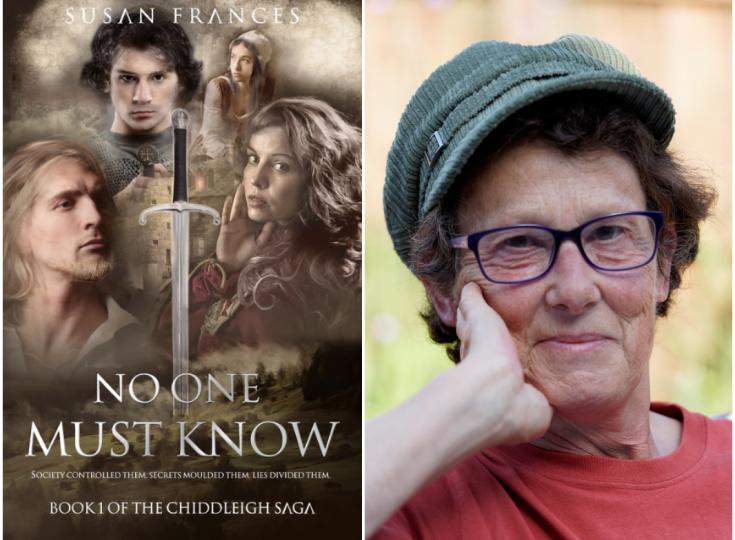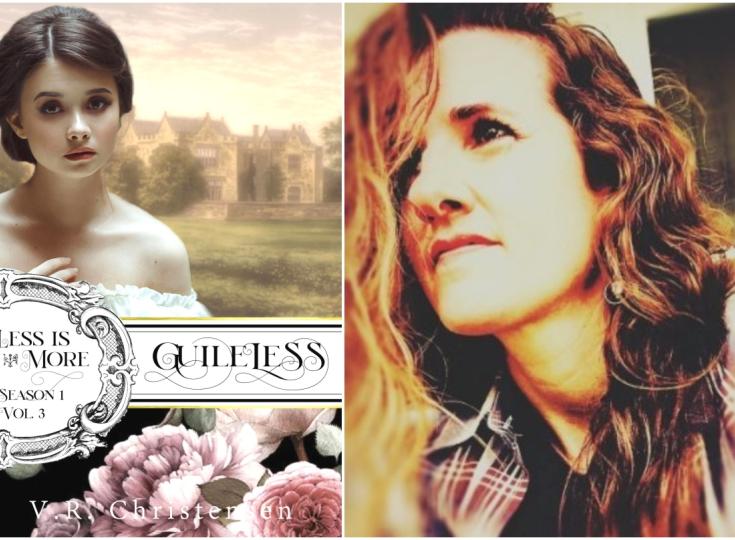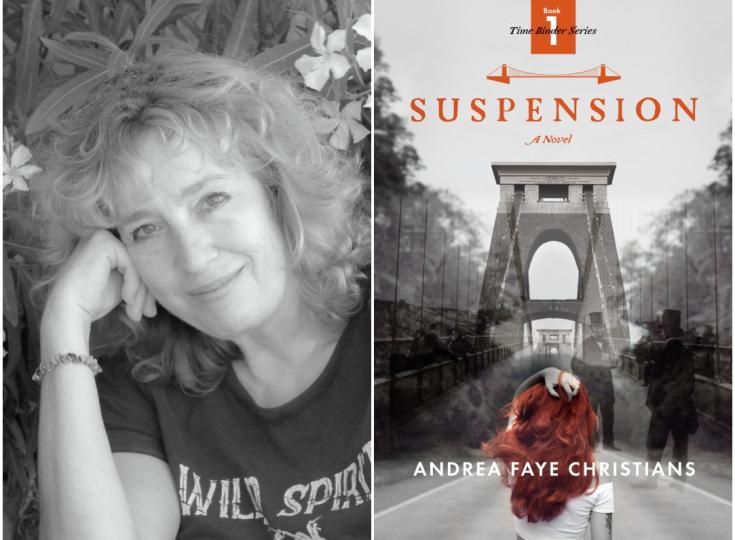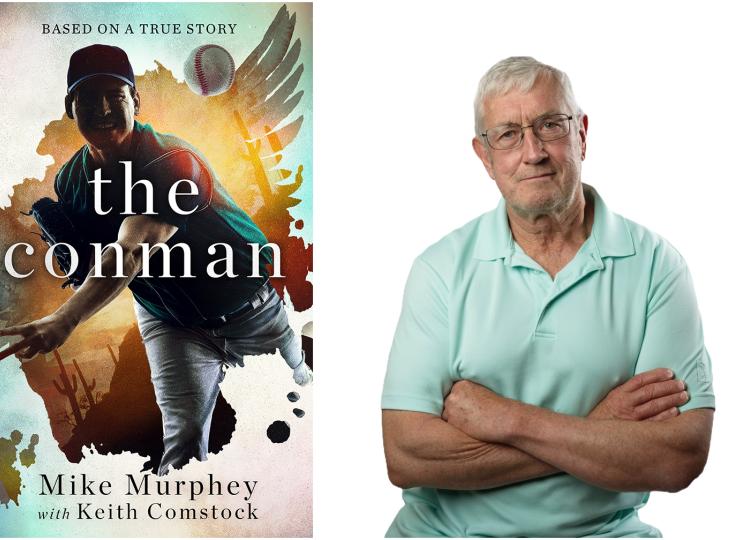Mary E. Gregory - An Expansive, Revealing Memoir About a Remarkable Life
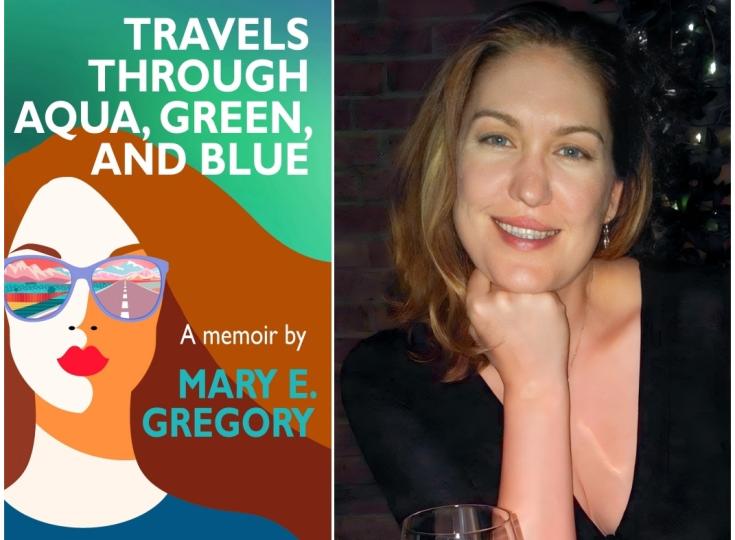
Mary E. Gregory is an American author, poet, and mental health advocate. She was born in Nashville, Tennessee, and is the youngest of three. She is a member of the American Society of Composers, Authors & Publishers (ASCAP) and a senior leader at a Fortune 500 entertainment company in Los Angeles. As our Author of the Day, she tells us about her book, Travels Through Aqua, Green and Blue.
Please give us a short introduction to what Travels Through Aqua, Green, and Blue is about.
TTAGB is metaphorically about the transformations I went through growing up, where I always felt like a chameleon, changing my colors depending on what mode of survival I needed next. My home had many challenges well beyond the usual pangs of growing up during the mid-'80s and '90s. The extra difficulty I faced was my mother's untreated mental illness and my father's coming out, as well as my facial deformity, stigmas that were difficult to navigate.
What inspired you to write this book? Why pick now to write a memoir?
My memoir took me five years to write and it was born through my discovery of The Miracle Morning by Hal Elrod. I'd been in a rut at work and quite frankly hadn't seized an opportunity given to me because of my lack of personal confidence. I decided to go on a journey of self-discovery and personal development and found Hal's book. I began following what he calls the life S.A.V.E.R.S., every morning for 30 days. It stands for Silence, Affirmations, Visualizations, Exercise, Reading, and Scribing. Within 30 days I had quit my job, found a new job making $20K/more year, and decided to write my memoir.
I'd always been told that I should write a book about my life, and it was cathartic to remember my past and to better understand the kind of influence it still had on me and to discover ways to break free of those limitations.
This book explores many very personal aspects from your past. Was it hard for you to share this with the world?
I believe I went through several phases while writing the book, and through each one, I grew stronger and more confident that I could share how I truly felt about each experience. The book moves through my past but also the present as someone going through a difficult time in life and seeking therapy for childhood trauma. I had a total of seven drafts of my book, and it was only in the fifth one that I decided to share my EMDR session with readers. I had, by that fifth draft, become ready to let the reader in fully.
Why did you title this Aqua, Green, and Blue?
I had been working on a title for a few weeks and decided to send my top three to all of my closest friends and my brother to get their feedback. I got a lot of feedback on what my friends liked and didn't like about the titles I'd sent them. But then my brother sends just one message, "Travels Through Aqua, Green, and Blue," which was not one of my three. I knew immediately what it meant and knew this had to be the title of the book.
Our mother had bought an aqua-colored '67 Dodge Dart right before we left Nashville, and through the years the car faded from aqua to green, and then to blue. This car symbolized the travels through the US, the pain of leaving the life we knew, and the passing of time.
Besides writing, what other secret skills do you have?
This might be the chameleon in me, but I'm very good at making people comfortable. I am someone who is down to earth but also to the point. I share my feelings openly but also love to listen and understand others.
Your mother took you and your siblings on a cross-country odyssey. How has this influenced your worldview?
I went from a deep south suburban life free of most worries at the age of six to an interesting East coast life, then to a chaotic West coast life in the span of two years. I spent part of 2nd, 3rd, and 4th grade moving around from city to city in different schools, apartments, and living conditions; each one spiraling downward and more difficult. I stood in food bank lines, slept in the Dodge and in missions, went to bed hungry, met homeless people, dumpster-dived, and became aware of my race and racial injustices, and continued to live on the poverty line until I was 17 and got married.
Had it not been for these experiences I likely wouldn't have understood humanity the way I do. To understand how universally important mental health is, and that no matter what your means are you can be impacted by someone who doesn't have access to mental health services or who is equally stigmatized for getting them.
Readers say your descriptions of the sights, smells, tastes, and sounds of your past are striking. How did you pull this off?
Every time I write I like to be fully submerged in the content and the moment. I put on my headphones and block out all distractions. In the last year of writing the book, I booked a hotel for a weekend so that I could focus on how the book flowed. The solitude allowed me to fully realize the experience of reading the book and to feel what the reader would feel from chapter to chapter. Many people say that right from the beginning they are sucked in and they feel they are reading someone's journal. That intimacy is definitely what I want the reader to feel.
What was the most challenging aspect of writing this memoir?
I brought up a lot of memories and feelings through writing this book and I had to seek therapy to work through the childhood trauma. But I also had to address a marriage that needed help too. It may sound silly, but I didn't feel I could finish the book unless I could write about my marriage with the same love I felt for my husband as when I met him. When I did seek therapy and we were on the mends, I could write the chapter titled, Peru.
Did you plan out how you were going to write this or did you just write it all down as the memories came to you?
I started recording my memories every day for 90 days, mostly on my phone on way to work in each morning. At first, it was a memory dump, but then it became an outline. I started writing this book at the age of 36, during my travels to work, and through a difficult time in my life. I gained a perspective of my mother that I hadn't had before. She was just 33 when she left my father and decided to move from place to place with three kids in tow. I wondered what she was feeling and thinking now that I could understand what being her age was like. I didn't have children but here I was having marriage issues and work troubles and so I developed a lot of compassion for her.
Interesting cover. Tell us more about how it came about.
When I started writing my book I had a writing accountability partner and she had a wonderful designer make her cover, AKA, her dad. When I was finally ready for a design I reached out to him to help me with mine. He created several designs that included the Dodge or the chameleon as a focal point. But the one I fell in love with was the stylized image of the woman staring forward, with the road in her glasses. The back cover shows a chameleon crossing the road. The elements are simple and bright. The woman is me looking back on my past confidently.
What did you have the most fun with in this book?
The most fun I had was having my aunt's and my husband read the book and give me feedback. I hadn't grown up with my aunts but having them read it and give feedback and help fill in details of our family history was incredible and makes the book that much richer. My husband also wrote the full book description which is on the paperback back cover.
Do you have any interesting writing habits? What is an average writing day like for you?
I love writing on typewriters. I have a Vintage Smith Corona Karmann Ghia Super G Portable Typewriter (c.1970s) and a portable electric Brother Correct-O-Ball XL-1 7300 (c.1980s).
An average day of writing is opening up my GoogleDoc in the morning before work or on the weekend and staring at my outline and deciding which chapter I'm going to write.

What are you working on right now?
I believe that many of our triumphs have begun with decisions that at first did not seem like they would work out, they were big leaps of faith, or they had no direction but ultimately made us who we are. I'm working on a self-help book called Designing Your Silver Linings Playbook - A Guide To Thriving in Difficult Times and this book was spawned from my experience of publishing TTAGB during the pandemic. I was furloughed last year and felt panicked and lost like most people. I decided to see the silver lining in life and focus my time and efforts on completing my memoir; which had been slow going while holding down a full-time job. I was so thankful for the time I got to spend on the book and realized that my life had taught me many lessons on finding my resilience that I wanted to share.
Where can our readers discover more of your work or interact with you?
You can sign up to receive updates on my latest work on my website https://maryegregory.com. I also publish my poetry on https://urbanhonesty.com and you can follow me on Twitter https://twitter.com/MsMaryEGregory or Instagram https://www.instagram.com/maryegregoryauthor/ .
